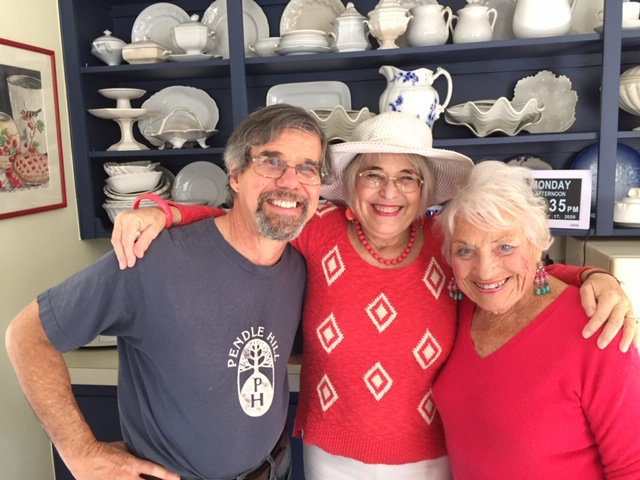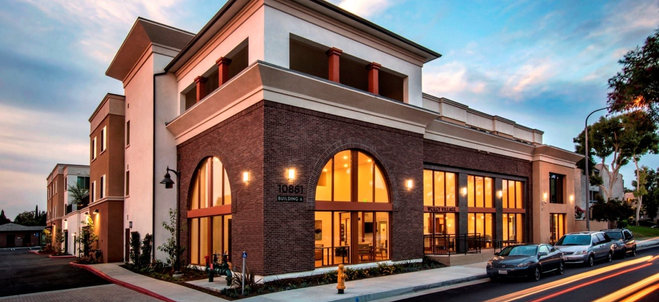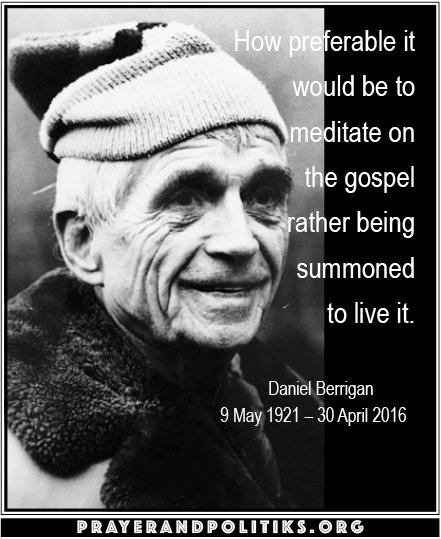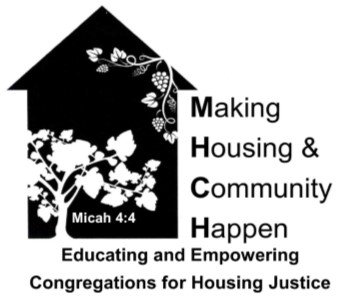We are pricing our children out of Pasadena!
During the Planning Commission meeting on May 26, I was pleased to hear Commissioner Juliana Delgado emphatically affirm that housing should be considered a right, not simply a need (or a commodity). As a person of faith, I strongly endorse this view.
It also happens to be part of Pasadena’s Housing Element:
All Pasadena residents have an equal right to live in decent, safe and affordable housing in a suitable living environment for the long-term well-being and stability of themselves, their families, their neighborhoods, and their community. The housing vision for Pasadena is to maintain a socially and economically diverse community of homeowners and renters who are afforded this right. The 2014–2021 Pasadena Housing Element is all about achieving this vision.
Unfortunately, Pasadena (like most cities in our state) fell far short of realizing this vision during the last 7 years.
From 2001-2011 Pasadena built 998 units of affordable housing, according to Pasadena Housing Department Senior Project Manager Jim Wong. That’s 99 units per year.
During the last 7 years, the City issued permits for 388 affordable units, according to the September 2020 Planning Dept report. That’s only 55 units per year. Even though we have an outstanding Housing Department, the City is moving backwards, not forwards, when it comes to affordable housing.
Some Pasadenans (mostly home owners) want to slow growth and keep the city as it is. In 2015, the City adopted a General Plan that placed a development cap of 7,000 market rate residential units in 20 years, a 12% decrease from the previous decade.
Since 2015 the population of the City has remained stable at 141, 000. No growth!
Despite no growth in population and the cap on residential housing, approximately 2,000 babies were born in Pasadena in 2000 and soon will come of age and need their own housing. There are currently 25,628 children under age 18 in our City. The City can slow development but it can’t stop mothers from giving birth! These children will have to live somewhere when they grow up. Since many other cities have policies similar to those in Pasadena, many native-born Californians are being forced to leave the state because they can’t afford to live here.
Solutions
Some people suggest that the answer is simply to not to worry about people who can’t afford to live here. Let them live elsewhere, like Palmdale or San Bernardino or Bakersfield, and let them commute or work via Zoom. That doesn’t make for a healthy city or a healthy planet. Essential workers who are low-income have a right to live in this city. So do teachers and city workers. So do our children! It is better for everyone if those who work in our city can also afford to live here. That’s why affordable housing is such a widespread concern among Pasadena residents.
Money alone isn’t the answer
Some have suggested that federal and state dollars will solve the problem, More funding is desperately needed, but money alone won’t deal with the underlying issue. National studies show that the overwhelming majority of American want affordable housing to be a top priority, but a vocal minority oppose it when it comes too close to home. To counter myths and alleviate fears, the public needs to be educated about the benefits of affordable and supportive housing.
What is takes is political will and imagination
To make housing happen, Council members need to stand up for affordable housing in every district, just as Council member Margaret McAustin did. I’m not talking about “projects” or high-rise apartments. I’m talking about two- three- and four-story multi-family buildings that are suited to the character and scale of neighborhoods. Like Marv’s Place, 19 units of supportive family housing, or Heritage Square North, 70 units of affordable senior housing. Such small-scale affordable housing spread throughout our city is the best way to alleviate our housing crisis.
Council member John Kennedy is calling for 1,000 units of affordable housing for low- and very low income residents in the next 1,000 days. That’s 333 units per year, 47 units per district. This won’t be easy but it is doable if each Council member will commit to making housing happen in their district.
We can’t keep kicking the can down the road and blaming the state for forcing us to plan enough housing to meet the needs of our residents. We need the Council to be open to innovative ideas, like allowing congregations to have affordable housing built on religious land in a way that is in scale and appropriate for their surrounding neighborhood. We need to protect not only homeowners, but renters.
After hearing innovative proposals to address our city’s housing crisis, Commissioner Mike Olivas responded: “What ideas won’t we pursue? We need most of these!” Commissioner Delgado said, “Let’s act now as if housing were a right.”
As a person of faith, I say, “Amen!” For the sake of our children and our city’s future, we must act now to grow our city responsibly and wisely!




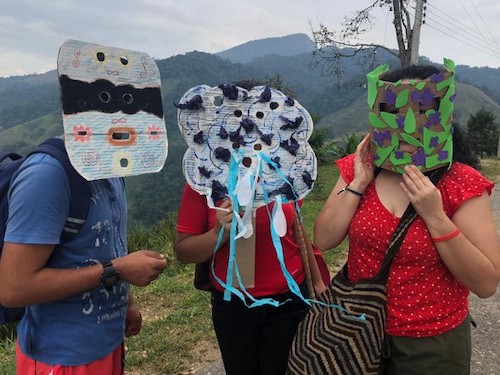 Courtesy of Re-Conectando
Courtesy of Re-Conectando In 2017, following the peace agreement between FARC guerrillas and the government, he returned to Colombia to join the reconciliation process. Currently, with Reconectando, he accompanies the truth commission using deep ecology, theater and ritual to help victims and ex-combatants clarify truth, create spaces for reconciliation, and imagine a new country without violence. Hector has received the prestigious Otto René Castillo Award for Political Theatre. He and Diane Lefer are co-authors of The Blessing Next to the Wound: A Story of Art, Activism, and Transformation.
In 2017, following the peace agreement between FARC guerrillas and the government, he returned to Colombia to join the reconciliation process. Currently, with Reconectando, he accompanies the truth commission using deep ecology, theater and ritual to help victims and ex-combatants clarify truth, create spaces for reconciliation, and imagine a new country without violence. Hector has received the prestigious Otto René Castillo Award for Political Theatre. He and Diane Lefer are co-authors of The Blessing Next to the Wound: A Story of Art, Activism, and Transformation.